It’s happened to all of us at some point. You’re scrolling through your social media feed, and you think, “How did they know I was into coffin-shaped makeup palettes?” Or an ad for an all-women heavy metal cruise pops up, and you feel seen in a way that’s almost surreal. No, your phone isn’t reading your mind — that’s just the magic of audience targeting!
Imagine being able to connect with your ideal customers just as effortlessly. When you’re running a business, you often have to juggle a lot of roles (hey, no one ever said entrepreneurship would be easy). But finding and engaging with your target audience doesn’t have to be rocket science or need a big budget.
In this guide, we’ll show you how to pinpoint and reach the people who are just as excited about your products or services as you are. So pull up a chair and let’s dive in.
The world of audience targeting awaits…
What Is a Target Audience?
A target audience is the specific group of people most likely to be interested in your product or service. They’re the folks who will see what you’re offering and think, “Hey, that’s exactly what I need!”
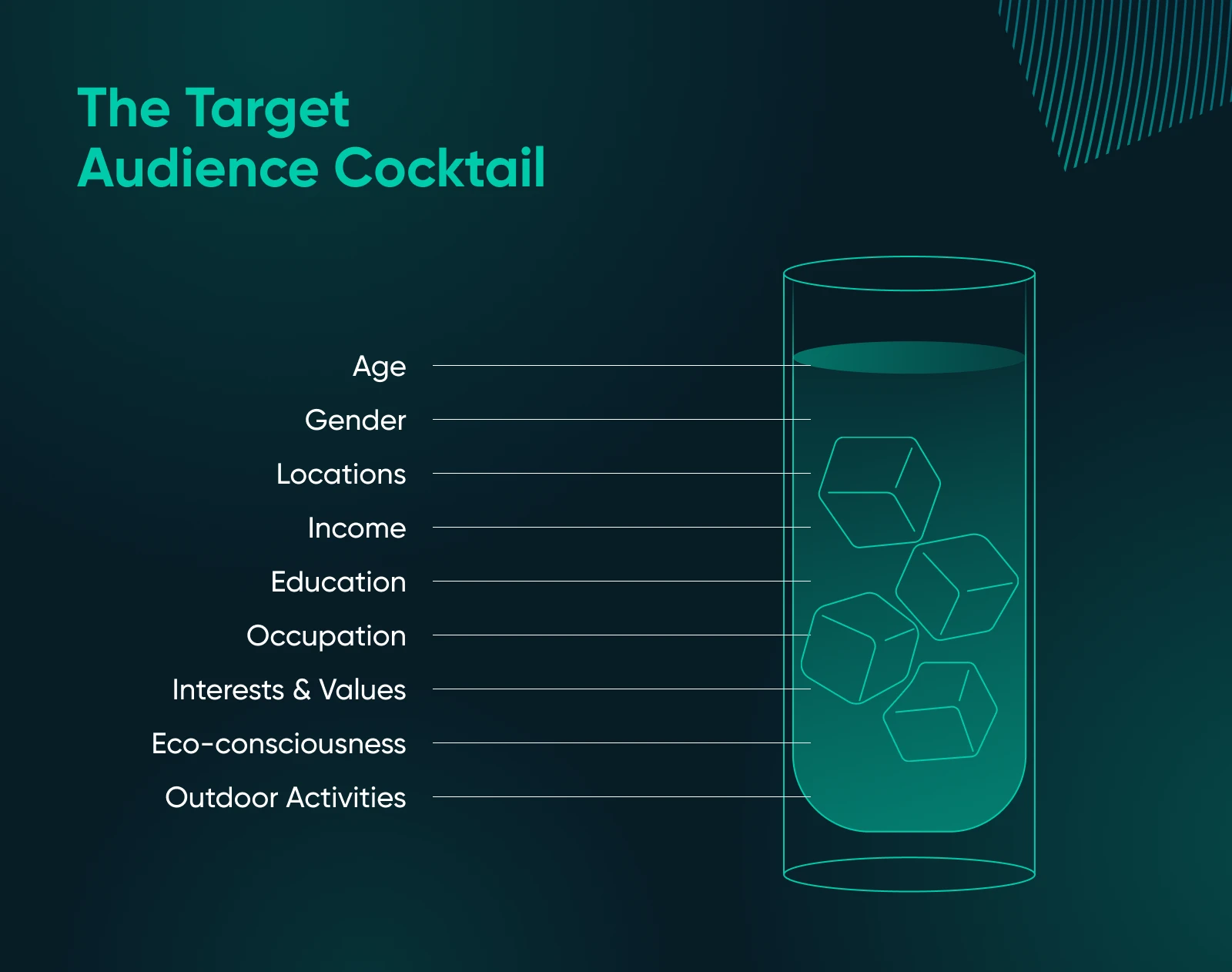
Your target audience is defined by a mix of demographic factors and psychographic factors:
- Demographic factors: These are measurable traits like age, gender, location, income level, education, and occupation. For example, you might want to target women aged 25-34 living in urban areas with a college degree.
- Psychographic factors: These dig into the psychological aspects like interests, values, lifestyles, attitudes, and purchasing behaviors. Maybe you’re aiming for eco-conscious individuals who love outdoor activities and prioritize sustainable products.
To bring this audience to life, many businesses create personas: detailed, fictional characters that embody the traits of their ideal customers. When you give them names, backgrounds, and even favorite hobbies, it makes it easier to visualize who you’re talking to, helping you tailor your messaging to resonate with them personally.
Types of Target Audience
Understanding the different types of target audiences can help you fine-tune your marketing strategies. Here are some common categories:
- Interest-based audiences: Groups united by a common hobby or passion who tend to seek out resources, products, and communities that fuel that passion. For instance, photography enthusiasts, gourmet cooks, or comic book collectors.
- Subculture audiences: Groups with shared experiences or identities, often tied to a niche community or counterculture —like skateboarders, anime fans, or punk music aficionados.
- Lifestyle audiences: People who share similar lifestyle choices or values, such as digital nomads, fitness enthusiasts, or minimalists.
- Purchase intention audiences: Individuals actively looking to buy a specific product or service. For example, soon-to-be parents searching for the best baby stroller.
By identifying which category your ideal customer(s) fall into, you can tailor your content and advertising to speak directly to their interests and needs.
Target Audience vs. Target Market
You might hear the terms target audience and target market thrown around interchangeably, but they actually refer to different concepts.
A target market is a broad group of people who might be interested in your product or service. It’s like casting a wide net over a sea of potential customers based on general characteristics. For example, a fitness app’s target market might include men and women aged 18-60 interested in improving their health and wellness.
Your target audience is a specific segment within that broader market that you’re aiming your marketing efforts at. Think of it as a laser-focused subset of people most likely to engage with your brand. Following the same example as above, the target audience for that fitness app could be busy professionals in their 30s who are looking for quick, 10-minute home workout routines due to their packed schedules.
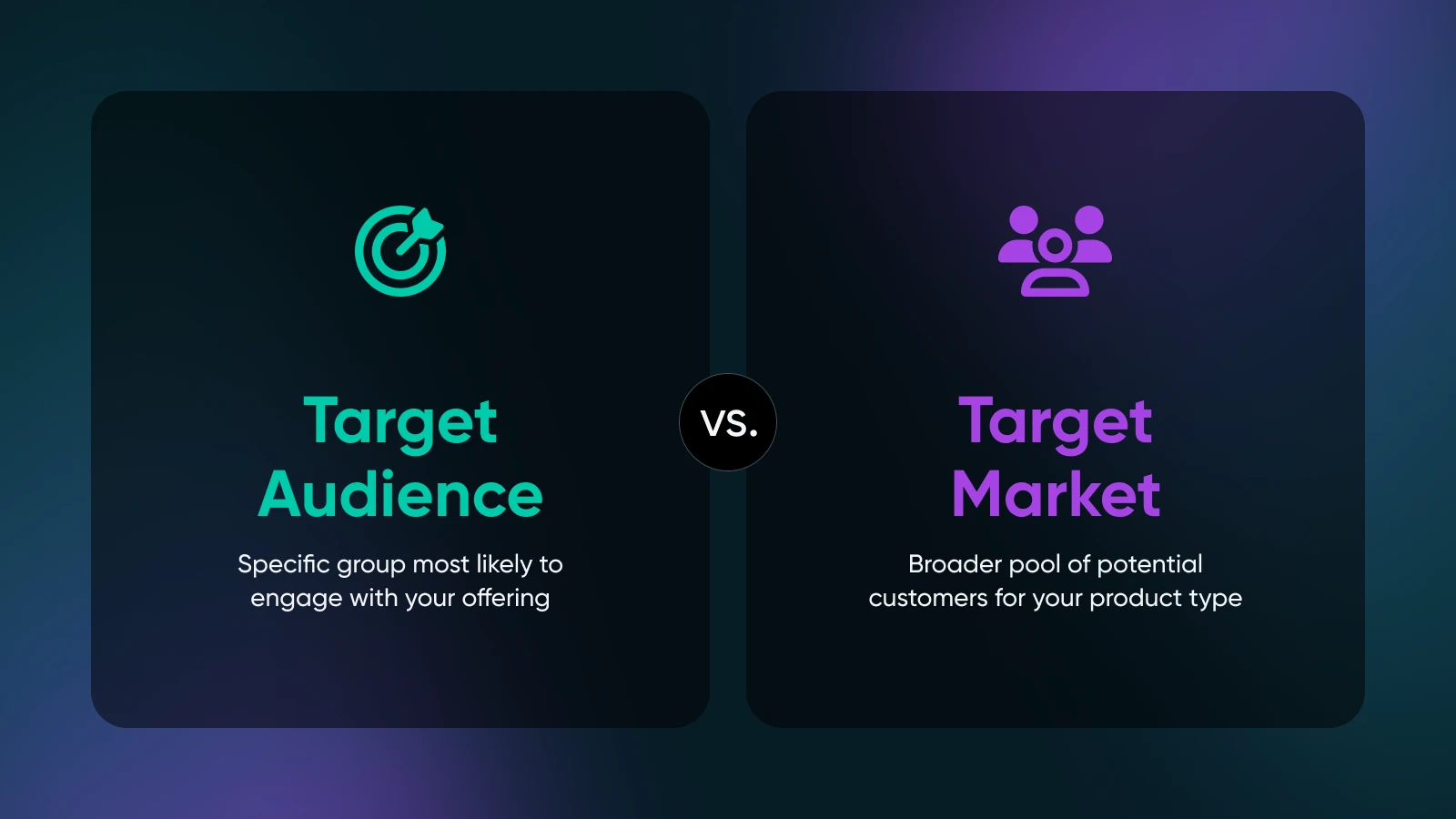
Understanding the distinction is important because it helps you allocate your resources more effectively. While your target market sets the stage for who could buy from you, your target audience hones in on who will buy from you. And more importantly, how to reach them.
Target Audience vs. Persona
While both target audiences and personas help you understand who you’re marketing to, they serve different purposes.
Your target audience is a group defined by shared demographic and psychographic traits. It’s more about the collective characteristics of your potential customers.
A persona is a fictional character representing a segment of your target audience. This includes detailed backstories, challenges, goals, and even a name and photo to make them feel real.
Why does this matter? Well, knowing your target audience helps you identify who to reach out to, but creating personas helps you understand how to communicate with them effectively.
Personas put a face to the data, making it easier to craft messages that resonate on a personal level.
By combining both concepts, you can develop marketing strategies that are both, broad enough to reach a significant audience, and personalized enough to make each member feel uniquely addressed.
Why Finding Your Audience Is So Important
Ever feel like running a small business is like trying to juggle flame torches while riding a unicycle? You have a lot going on. With limited time and budget, especially for marketing, pinpointing your target audience becomes crucial.
Here’s why zeroing in on the right people can make all the difference:
Make Every Marketing Dollar Count
Marketing budgets aren’t infinite. By identifying your target audience, you can be sure that every dollar you spend is an investment, not a gamble. Focused marketing means your messages reach those most likely to engage with your brand, increasing your chances of conversion and maximizing your return on investment (ROI).
Compete Without the Big Guns
Sure, larger companies have entire marketing teams and pricey tools at their disposal. But bigger isn’t always better. While they cast wide nets, you can use a spear. By understanding your specific audience, you can craft personalized messages that resonate more deeply than any generic ad campaign ever could.
Build Genuine Connections
Knowing your audience allows you to speak their language — literally and figuratively. You can address their pain points, share their values, and join in on their conversations. This not only attracts customers but also fosters loyalty. People appreciate when a brand gets them, and they’re more likely to stick around because of it.
Save Time and Energy
Time is one of your most valuable resources. By focusing on a defined audience, you avoid taking a scattergun approach that risks draining energy and yielding minimal results. Targeted efforts mean you spend less time wondering where to post or what to say, and more time engaging with people who are genuinely interested.
Leverage Crafty, Lightweight Strategies
Who says you need a massive budget to make a big impact? Not us. In fact, there are plenty of cost-effective ways to reach your audience:
- Social media engagement: Join groups, participate in discussions, and share valuable content where your audience hangs out.
- Search engine optimization (SEO): Use keyword research to make sure your content shows up when people search for topics related to your business.
- Community involvement: Participate in local events or online forums that align with your brand’s goals.
These strategies may seem lightweight, but they’re powerful tools when it comes to connecting you with the right people.
Tailor Your Messaging
When you know who you’re talking to, crafting the perfect message becomes a whole lot easier. Use the right tone, address your target audience’s challenges and desires, and choose the right channels to communicate. By tailoring your communication, you increase engagement and encourage action.
How To Define Your Target Audience
Before you can reach your ideal customers, you need to know who they are.
Defining your target audience is like setting the GPS before a road trip — it guides your marketing efforts and helps you avoid wrong turns.
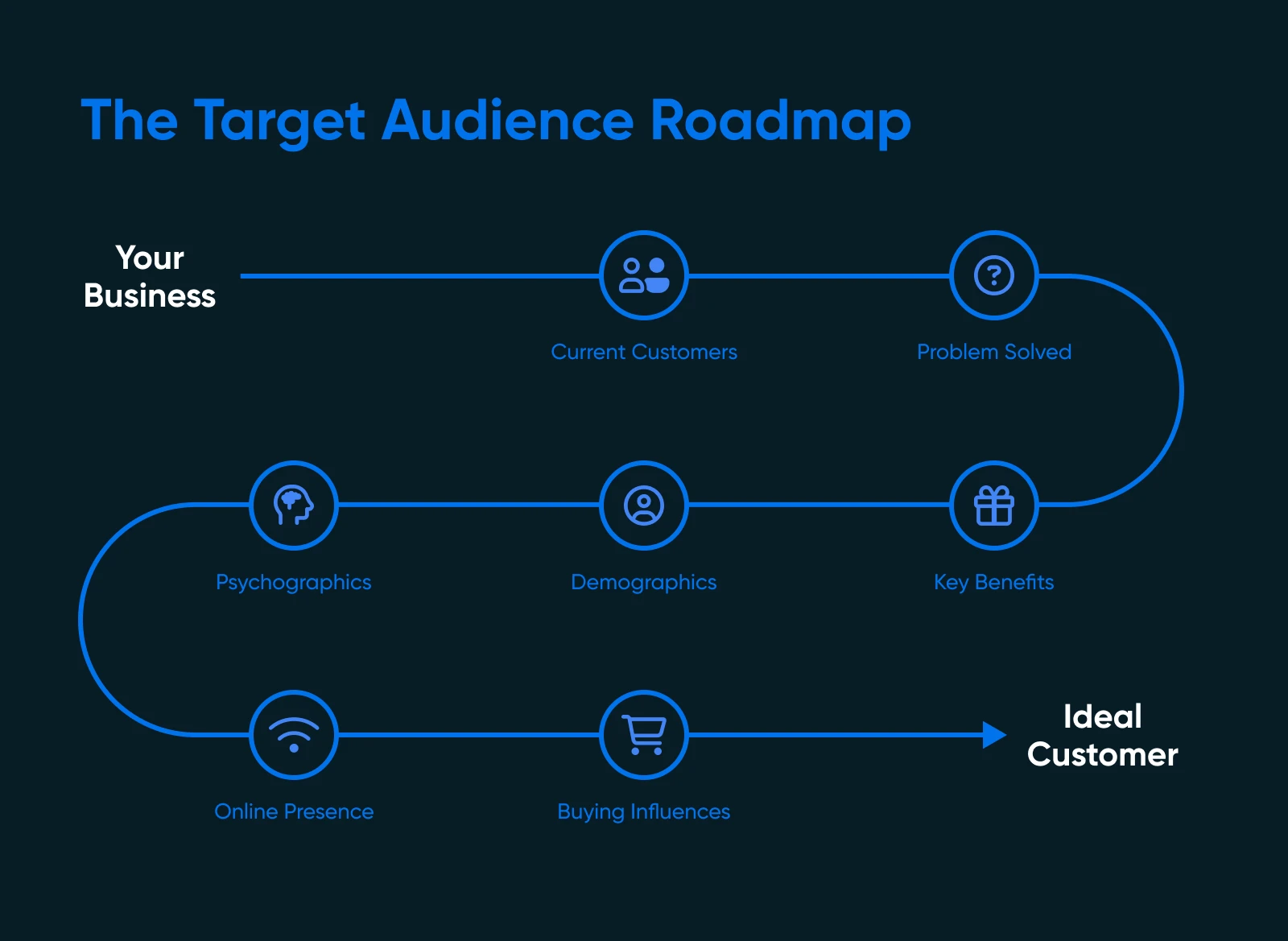
Let’s walk through some essential questions to help you pinpoint exactly who you’re trying to reach:
1. Who currently buys from you?
Look at your existing customers. What are their common characteristics? Age, location, buying habits? Understanding who’s already interested can provide valuable insights.
2. What problem does your product or service solve?
Identify the pain points your business addresses. Are you helping busy parents save time on meal prep, or providing green alternatives for eco-conscious consumers?
3. Who benefits the most from your offering(s)?
Think about who gains the most value from your solutions. Is it college students on a budget, remote workers who need better tech, or fitness enthusiasts looking for the latest gear?
4. What are their demographics?
Break down basic traits: age, gender, income level, education, occupation, etc. Because these factors influence purchasing decisions.
5. What are their psychographics?
Dive into their lifestyles and values. What are their hobbies? What do they care about? Are they adventurous, health-conscious, or tech-savvy?
6. Where do they hang out online?
Find out where they spend their digital time. Social media platforms, forums, blogs? Knowing this helps you meet them where they are.
7. How do they like to communicate?
Understand their preferred channels. Do they like emails or social media messages? Or maybe they’re podcast enthusiasts?
8. What influences their buying decisions?
Identify key motivators. Are they driven by price, quality, brand loyalty, or peer recommendations?
9. Who are your competitors targeting?
Look at similar businesses. Who are they appealing to, and is there an underserved segment you can tap into?
10. What makes your business unique?
Define your unique selling proposition (USP). Knowing what sets you apart helps attract customers who align with your brand.
Once you’ve painted a clear picture of who your target audience is, the next step is to figure out how to find them in the vast space of the internet. After all, knowing your destination is one thing, but mapping out the journey is another.
In the next section, we’ll dive into tactics to locate and engage with your ideal customers, so that your message reaches the right people at the right time.
How To Find and Reach Your Target Audience
Ready to connect with the people who are waiting to discover your business? We’ll explore practical strategies that will help you understand, reach, and engage your target audience.
We’ll break it down into three parts: understanding your audience, reaching them, and refining your approach.
Let’s roll!
Understanding Your Audience
1. Discover Online Hangouts With SparkToro
Uncover where your audience spends time online without the guesswork.
Knowing where your audience hangs out online is half the battle. SparkToro is an easy-to-use tool that reveals the websites, social accounts, and podcasts your potential customers engage with.
Here’s how to get started:
Step 1: Visit SparkToro and sign up for a free account.
Step 2: Enter a keyword, hashtag, or social account related to your industry.
Step 3: Browse the results to see the top websites, social profiles, and podcasts your audience frequents.
Step 4: Use these insights to focus your marketing efforts on platforms where your audience is most active.
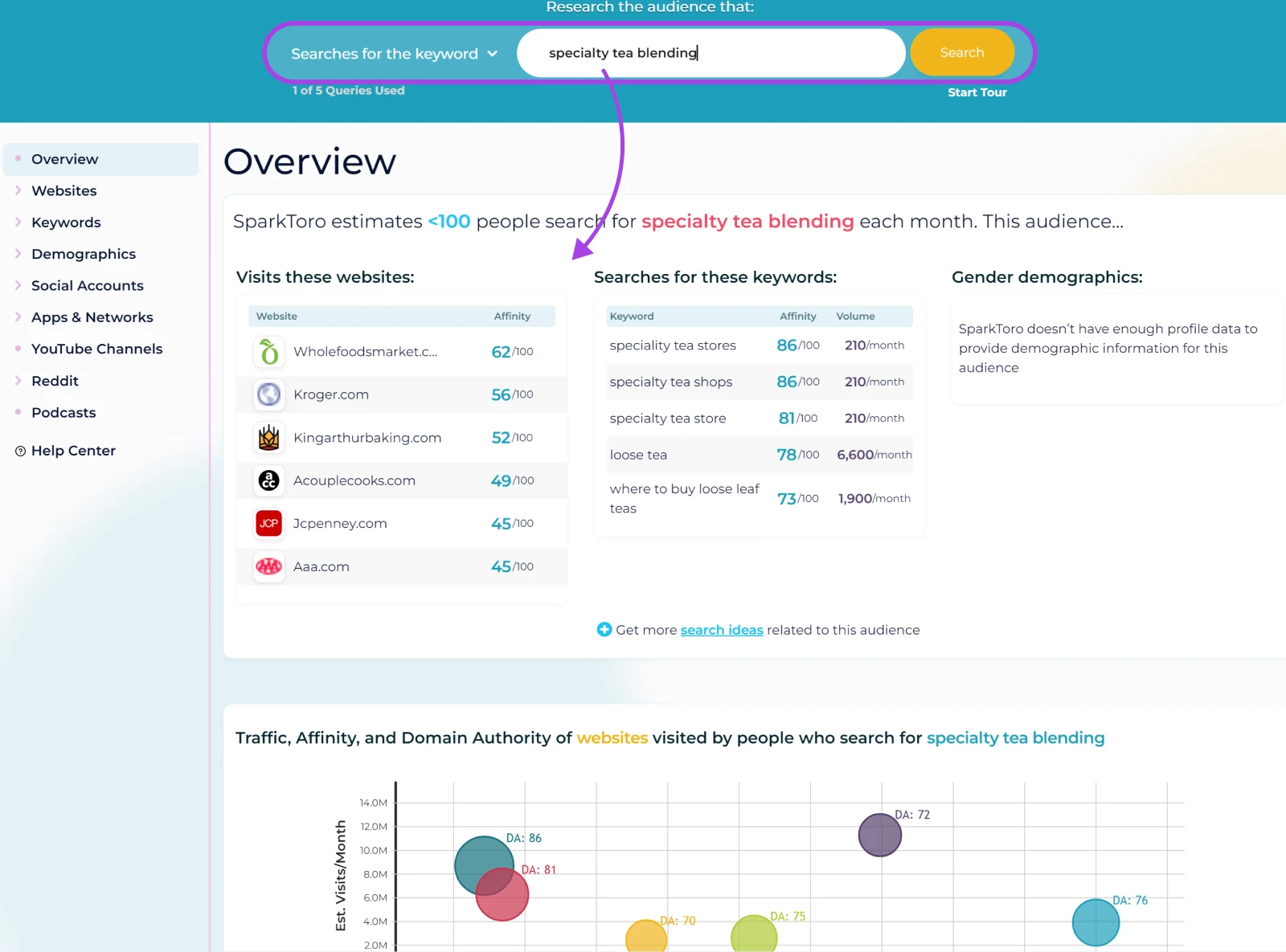
By zeroing in on these hotspots, you can tailor your content and engagement strategies to meet your audience where they already are.
Toolkit: SparkToro
2. Search Social Media for Relevant Conversations
Dive into real, unfiltered discussions your audience is having right now.
Social media is a goldmine for understanding what your target audience cares about. It’s like eavesdropping on conversations that are highly relevant to your business.
Step 1: Go to the social media of your choice and use the search bar to enter keywords related to your industry.
Step 2: Identify and join community forums, threads, groups, or feeds that match your niche.
Step 3: Read through posts and comments to gain insights into your audience’s questions, concerns, and interests.
Step 4: Take note of recurring themes or issues that you can address in your marketing or product development.
Engaging authentically in these communities can also boost your brand’s visibility and credibility.
Toolkit: Reddit Search
3. Conduct Customer Surveys for Direct Insights
Get straight answers from the people who matter most — your customers.
Sometimes, the best way to understand your audience is to ask them directly.
Step 1: Choose a survey tool like Google Forms or SurveyMonkey.
Step 2: Create a short survey with questions about their preferences, needs, and how they discovered your business.
Step 3: Distribute the survey via email, social media, or your website.
Step 4: Analyze the responses to identify patterns and areas for improvement.
This direct feedback can provide invaluable insights that data alone might miss.
Toolkit: Google Forms, SurveyMonkey
4. Analyze Social Media Hashtags and Trends
Stay in the loop by monitoring what your audience is talking about online.
Hashtags are like the signposts of social media, guiding you to the conversations your audience cares about. On platforms like Twitter or Instagram, search for hashtags relevant to your industry. Observe the type of content being shared and the engagement it receives; identify influencers and active users within these hashtags; and then use this information to tailor your content and join the conversation meaningfully.
Keeping an eye on trending hashtags can also help you capitalize on timely topics.
Toolkit: Platform-specific search tools, Hashtagify
5. Use Keyword Research Tools
Discover what your audience is searching for to speak their language.
Keyword research isn’t just for SEO geeks; it’s a window into your audience’s mind. Using tools like Ahrefs or Semrush, look for high-volume, low-competition keywords to target in your content.
Then, incorporate these keywords naturally into your website, blog posts, and social media content. By aligning your language with what people are searching for, you’ll be more easily discovered online.
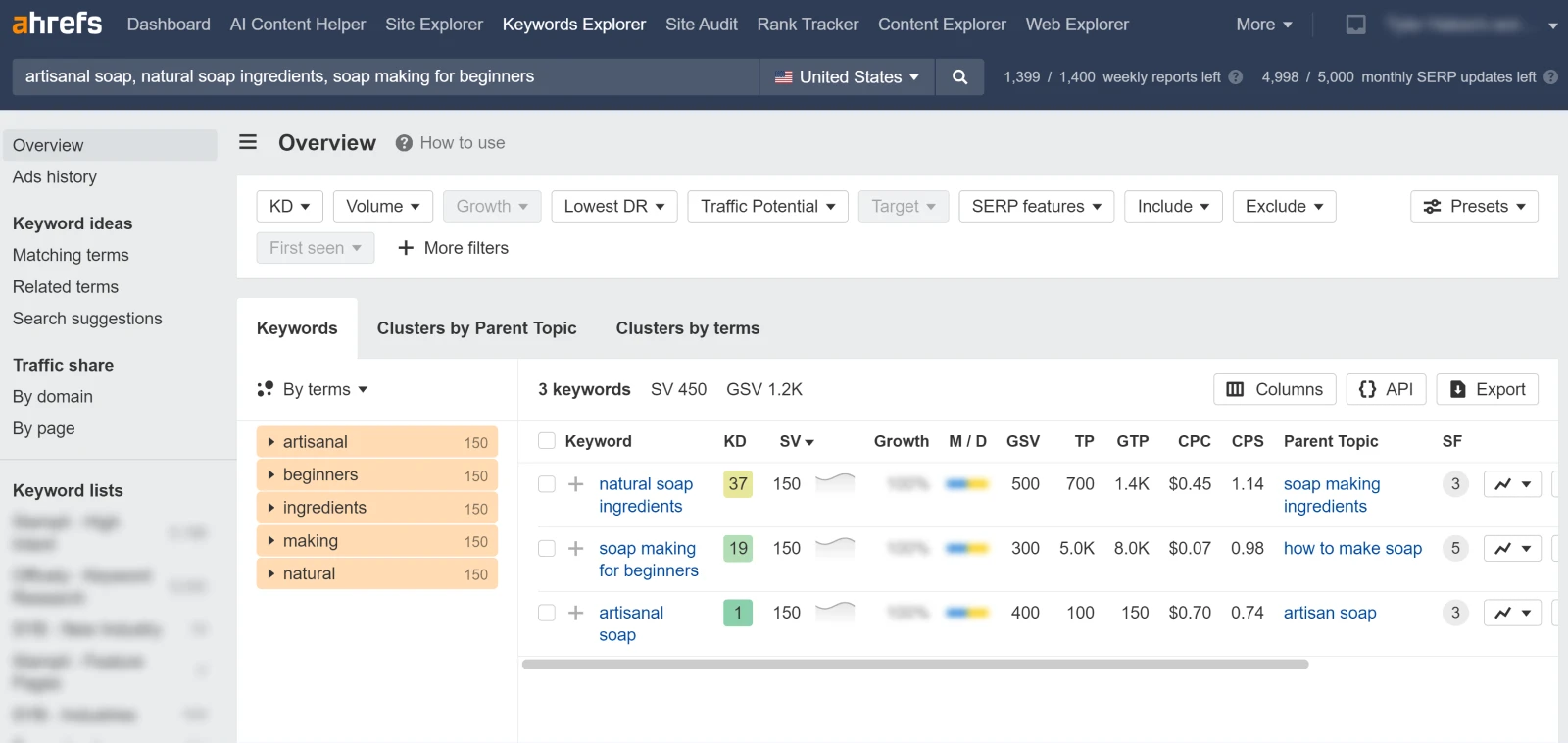
6. Dive Into Your Competitors’ Audiences
Learn from the successes (and mistakes) of others in your industry.
Your competitors can be a valuable source of information about your shared audience.
Here’s how to get started:
Step 1: Identify your main competitors.
Step 2: Visit their websites and social media profiles to see who is engaging with their content.
Step 3: Use tools like SimilarWeb to analyze their website traffic and audience demographics.
Step 4: Note what’s working for them and consider how you can offer something even better.
Understanding your competitors’ strategies can help you find gaps in the market and opportunities to stand out.
Toolkit: SimilarWeb, BuzzSumo
Reaching Your Audience
1. Participate in Relevant Online Communities
Be an active member where your audience gathers — not just a salesperson.
Engagement is key to building relationships with your target audience. Identify forums, Facebook Groups, or LinkedIn Groups related to your industry, and join the discussion.
Contribute valuable insights, answer questions, and share helpful resources, but avoid overtly promoting your business. Instead, focus on building trust and authority. Over time, community members will see you as a valuable resource, increasing the likelihood they’ll check out your business.
Toolkit: Relevant platforms like Facebook Groups, LinkedIn Groups
2. Advertise with Podcasts Your Audience Loves
Reach the right audience by getting your message into their favorite shows.
Podcast listeners are often highly engaged and loyal — perfect for targeted advertising! Start by using tools like SparkToro or browsing platforms like Apple Podcasts to find shows your audience listens to. Once you’ve identified potential matches, contact the podcast hosts or advertising departments to inquire about sponsorship opportunities.
Then, prepare a compelling ad or consider offering a special promotion for listeners. Many podcast advertising platforms can help streamline this process, connecting you with relevant shows and managing your campaigns. This approach allows you to reach people in a setting where they’re already paying attention, maximizing the impact of your message.
Toolkit: Apple Podcasts, Podcast advertising platforms
3. Collaborate With Micro-Influencers
Partner with niche influencers who resonate with your audience without breaking the bank.
Micro-influencers have smaller but highly engaged followings, making them ideal for authentic promotions. This strategy typically works best when the influencer has a follower count between 1,000 and 100,000. However, first, you’ll want to research their engagement rates and determine whether their audience aligns with your target market.
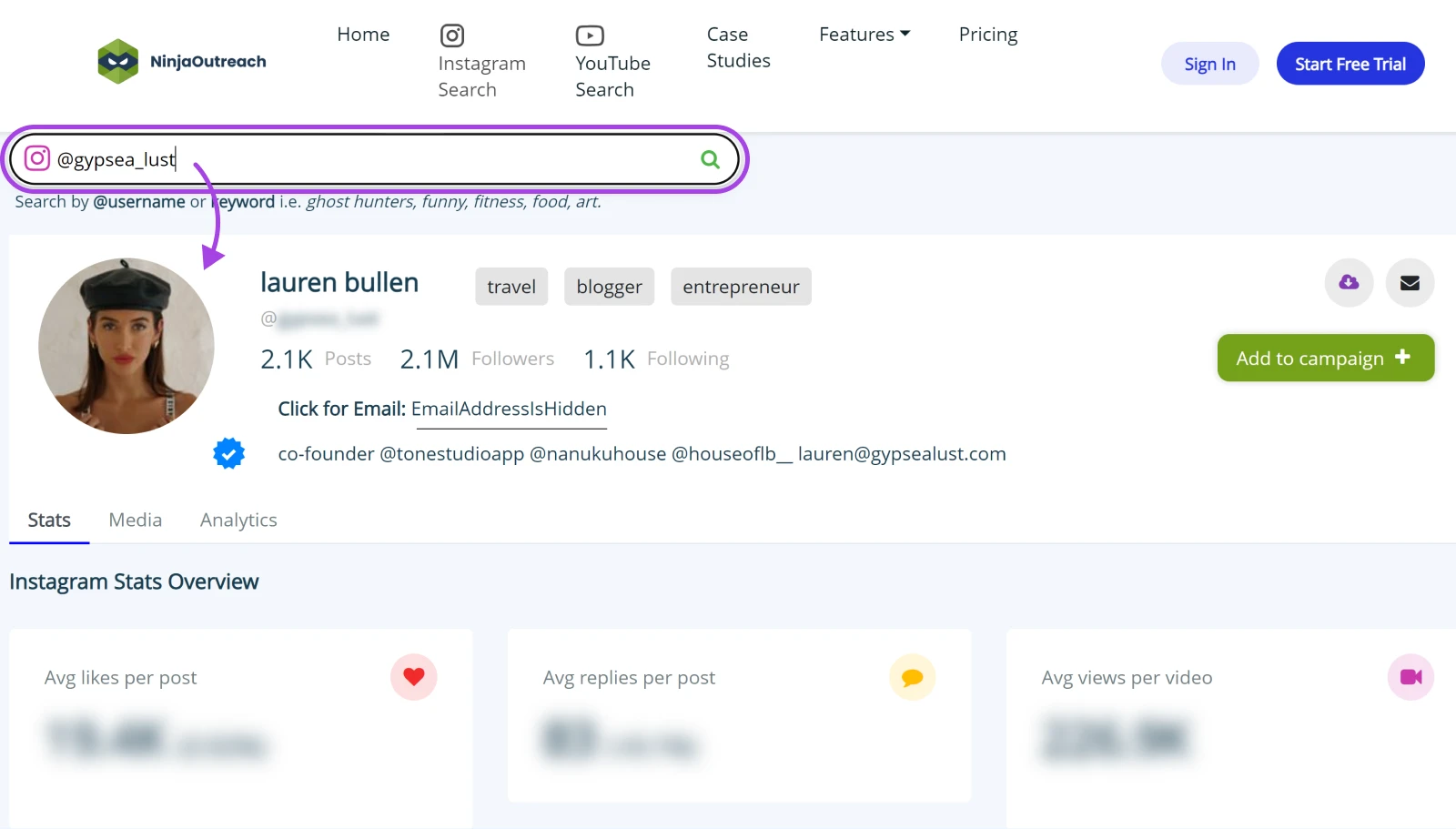
When you find a micro-influencer who looks like a good fit, reach out with a personalized message proposing a collaboration. Define the terms: whether it’s a product review, giveaway, or sponsored post.
Over time, these partnerships can boost your visibility and credibility within your target audience.
Toolkit: Upfluence, NinjaOutreach
4. Leverage Targeted Social Media Advertising
Get your message directly in front of the people who matter most to your business.
Social media platforms offer powerful targeting options to reach specific demographics and interests.
Step 1: Choose a platform where your audience is most active, like Facebook or Instagram.
Step 2: Set up a business account if you don’t already have one.
Step 3: Use the platform’s ad manager to create a new ad campaign.
Step 4: Define your target audience based on age, location, interests, and behaviors.
Step 5: Set a budget and schedule for your campaign.
Step 6: Design your ad with compelling visuals and a clear call-to-action.
Step 7: Monitor the campaign’s performance and adjust as needed to optimize results.
Toolkit: Meta Business Suite, Instagram for Business
5. Create Valuable Content for Your Audience
Attract and engage your audience by providing irresistible content.
Quality content is a magnet for your target audience —as long as you know what topics they care about. Use insights from your audience research for this, and then create blog posts, videos, infographics, or podcasts that address their questions, challenges, wants, and needs.
Share your content on platforms where your audience hangs out, and encourage engagement by asking questions and responding to comments. Consistently providing value builds trust and positions you as an authority in your field..
Toolkit: Content creation tools like Canva, WordPress
Refining Your Approach
1. A/B Test Marketing Strategies
Find out what works best by experimenting with different approaches.
A/B Testing allows you to optimize your marketing efforts based on actual performance data.
Step 1: Choose an element to test, such as email subject lines, ad images, or call-to-action buttons.
Step 2: Create two versions: A and B, with one variable changed.
Step 3: Run both versions simultaneously to a similar audience size.
Step 4: Compare the results to see which performs better.
Step 5: Implement the winning version and consider testing other elements.
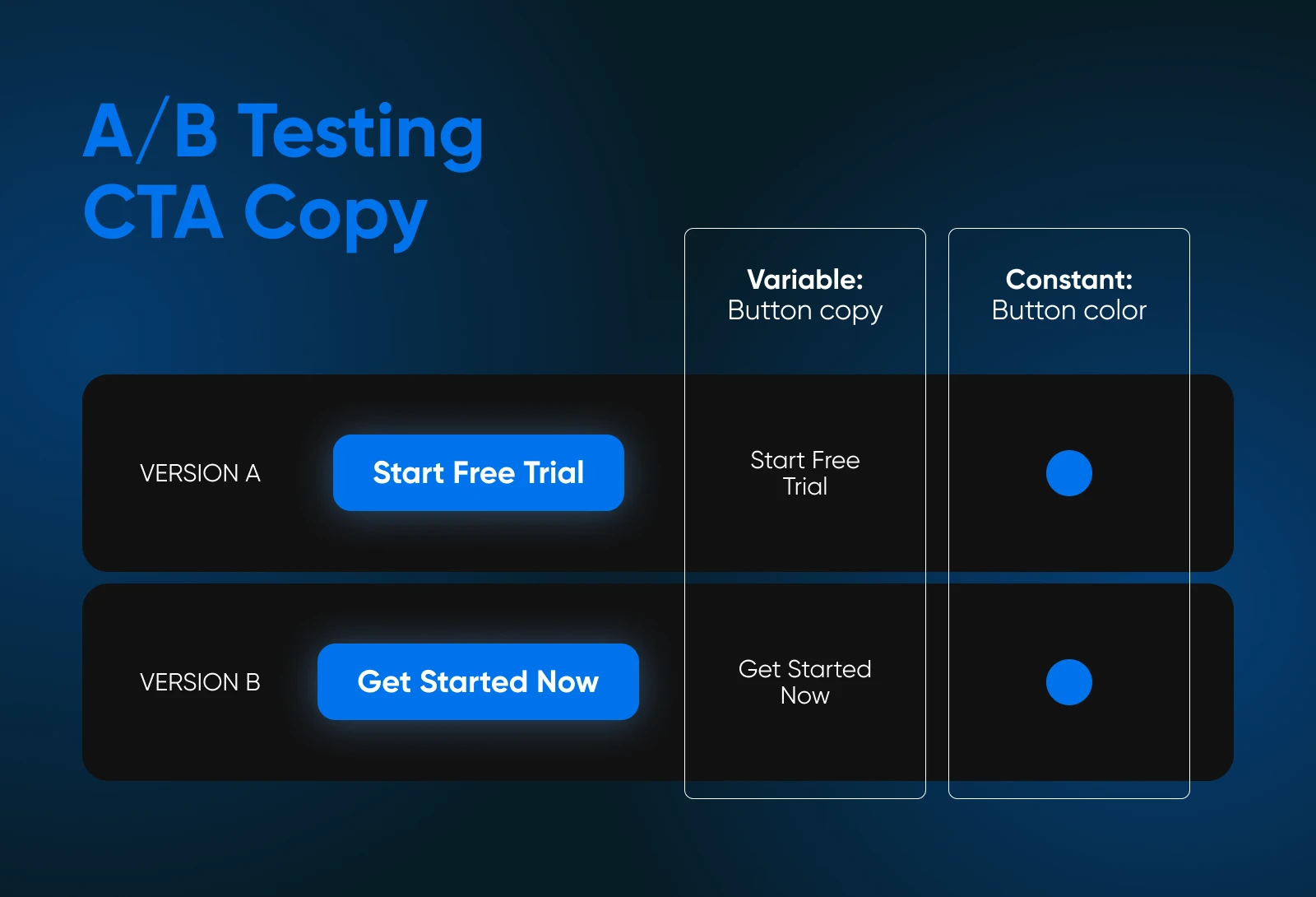
This iterative process helps you continually improve your marketing effectiveness.
Toolkit: Optimizely
2. Use Analytics Tools To Measure Engagement
Keep your finger on the pulse of your audience’s interactions with your brand.
Analytics provide data-driven insights into how your audience engages with your content. You can set up analytics tools on your website and social media accounts to monitor key metrics like page views, time on site, bounce rate, and conversion rates to analyze which content performs best — and why.
Then, you can use those insights to inform future content and marketing strategies. Regularly reviewing analytics helps you make informed decisions rather than relying on guesswork.
Toolkit: Google Analytics, Facebook Insights
3. Adjust Your Strategy Based on Data
Let the numbers guide you to smarter decisions and better results.
Data is only useful if you act on it.
Review the data from your analytics and A/B tests to identify trends, strengths, and areas needing improvement. Adjust your marketing strategies accordingly. Focus more on what works and reassess what doesn’t.
Set new goals and key performance indicators (KPIs) based on your findings. By being adaptable and responsive, you’ll continue to hone your approach and achieve better outcomes.
Toolkit: Data visualization tools like Tableau, Microsoft Power BI
Connecting Without Breaking the Bank
We’ve journeyed through the ins and outs of finding and engaging with your target audience. Now, it’s time to remember that each of these tactics is designed to be actionable and accessible, even if you’re working with limited resources.
The digital landscape offers countless opportunities to connect with your ideal customers — you just need to know where to look and how to engage.
So, what’s next?
- Start small: Pick one or two tactics that resonate with you and give them a try.
- Be consistent: Regular effort often trumps a big one-time push.
- Stay curious: The online world changes rapidly; keep learning and adapting.
- Be authentic: Genuine engagement beats hard-selling every time.
You’ve got the tools, the strategies, and the insider tips to make a real connection with your audience. Now, it’s time to put them into action. Remember, big marketing budgets are nice, but they’re not a necessity. With creativity and determination, you can build meaningful relationships with your customers and grow your business on your own terms.


